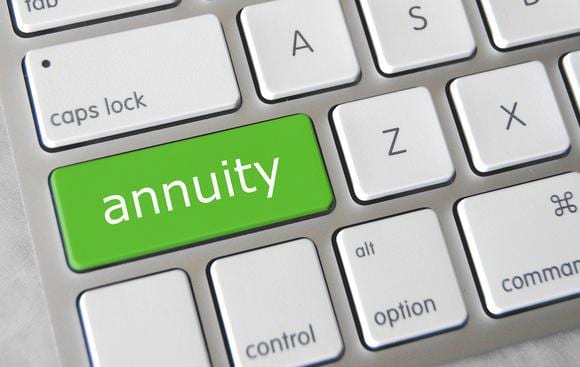If you want to learn how to read a credit report, then you should start educating yourself about the basics in financial management and continue reading this article.
Credit card debt is a common problem not only in America but also the rest of the world. Many people see themselves in debts because they were not able to control their spending and finances well.
Credit cards are both necessity and liability. There is no doubt that this plastic money is useful because especially during the times when you do not have extra money to spend when you need to pay for something urgent. It is easier to get your cards out than determining where you could get a loan, as soon as possible.
Moreover, having credit cards from several major institutions can help you a lot during the times that you need to apply for a house or car loan. Thus, if you want to build up your credit report score here are some things you should avoid and do:
No late payments
In credit restoration, your ability to pay debts as soon as you can says a lot about the kind of person you are. For example, if you are consistent in paying on time, your credit score will generate positive feedbacks from your creditors. However, if you are always late in paying your bills, it will reflect in the report.
Try looking or requesting for a copy of your credit report. If you see the numbers 30, 60, and 90, it means that those are the number of days and times that you have been late in paying your credit card bills. So be mindful of your payment schedule if you do not want a bad score.
Start negotiating with your creditors
When it comes to payments, if you know for a fact that you are going to be late in paying your bills, you need to advise your creditors as soon as you can. If you can negotiate with them the terms and new payment schedules, then the better because it means that they will not give you a bad rating for that.
Items you buy
Sometimes, late payments are not primarily the indicators of your credit report score. There are some creditors that look at your purchases and give them marks too.
If you want to know how to read a credit report, you can search online or attend some financial literacy workshops. You may also consult a financial counselor and ask him or her to assist you. Understanding the ins and outs of credit report will help you achieve a good credit history.





